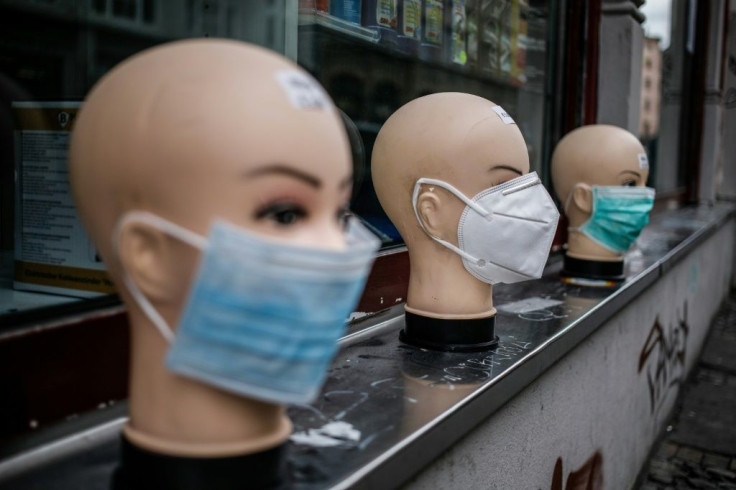What Is Kawasaki Disease? Mysterious Blood Vessel Syndrome Strikes Some NYC Children With Coronavirus

KEY POINTS
- 15 New York City children, ages 2-15, have developed Kawasaki symptoms
- The disease was first described in 1967 by a Japanese pediatrician
- About 4,000 U.S. children develop the disease annually
New York City health officials say more than a dozen children who had coronavirus have developed symptoms of a mysterious syndrome that also has been reported in Europe. Fifteen children ages 2 to 15 are exhibited symptoms of Kawasaki disease, which involves inflammation of the blood vessels, the city health department said.
“Patients with this syndrome who have been admitted to pediatric intensive care units have required cardiac and/or respiratory support. Only severe cases may have been recognized at this time,” health officials said Monday.
Children have been the least-affected group from the coronavirus pandemic, which has claimed more than a quarter-million lives worldwide, more than 69,000 in the United States, with the elderly and those with weakened immune systems the most vulnerable.
The World Health Organization said it is investigating the link between COVID-19 and the mysterious syndrome, which is not believed to have caused any deaths.
“There are some recent rare descriptions of children in some European countries that have had this inflammatory syndrome, which is similar to the Kawasaki syndrome, but it seems to be very rare,” said Dr. Maria Van Kerkhove, a WHO scientist.
Kawasaki disease was first described in 1967 by a Japanese pediatrician and is rare, mainly affecting children younger than 4. It causes inflammation of the arteries, affects the lymph nodes and can cause fatal heart attacks. About 4,000 children a year develop the disease in the United States, but it is much more common in Asia.
Warnings have been issued by pediatric societies in Britain, Spain and Italy.
Britain’s Paediatric Intensive Care Society issued a warning late last month noting a rise in cases of children who tested positive for COVID-19 developing symptoms of toxic shock syndrome and atypical Kawasaki disease, with abdominal pain, gastrointestinal symptoms and cardiac inflammation. Estimates put the number of cases in Britain between one and two dozen.
“It is important to highlight that, both in the U.K. and in other countries, there have still been very few cases of critically unwell children with COVID-19 admitted to pediatric intensive care units,” the society said.
Dr. Russell Viner, president of the Royal College of Paediatrics and Child Health, told the New York Times it’s likely the symptoms are the result of an overreaction by the immune system.
Dr. Angelo Ravelli of Gaslini Hospital and a member of the Italian Paediatricians' Society, noted affected children do not respond to traditional treatments.
In a research paper prepublished in the journal Hospital Pediatrics, a group of Palo Alto, California, pediatricians said they treated what they believe is the first known case of a child suffering from COVID-19 and Kawasaki disease at the same time in the United States.
They describe their treatment of a 6-month-old girl who developed a fever of 101.8 degrees Fahrenheit, but who had no cough, congestion or stuffy nose. On the second day of illness, the infant’s skin turned red. By the fourth day, she had a persistent rash, irritability, conjunctivitis and dry, cracked lips, and by the time she was discharged from the hospital, she had tested positive for coronavirus.
© Copyright IBTimes 2025. All rights reserved.






















